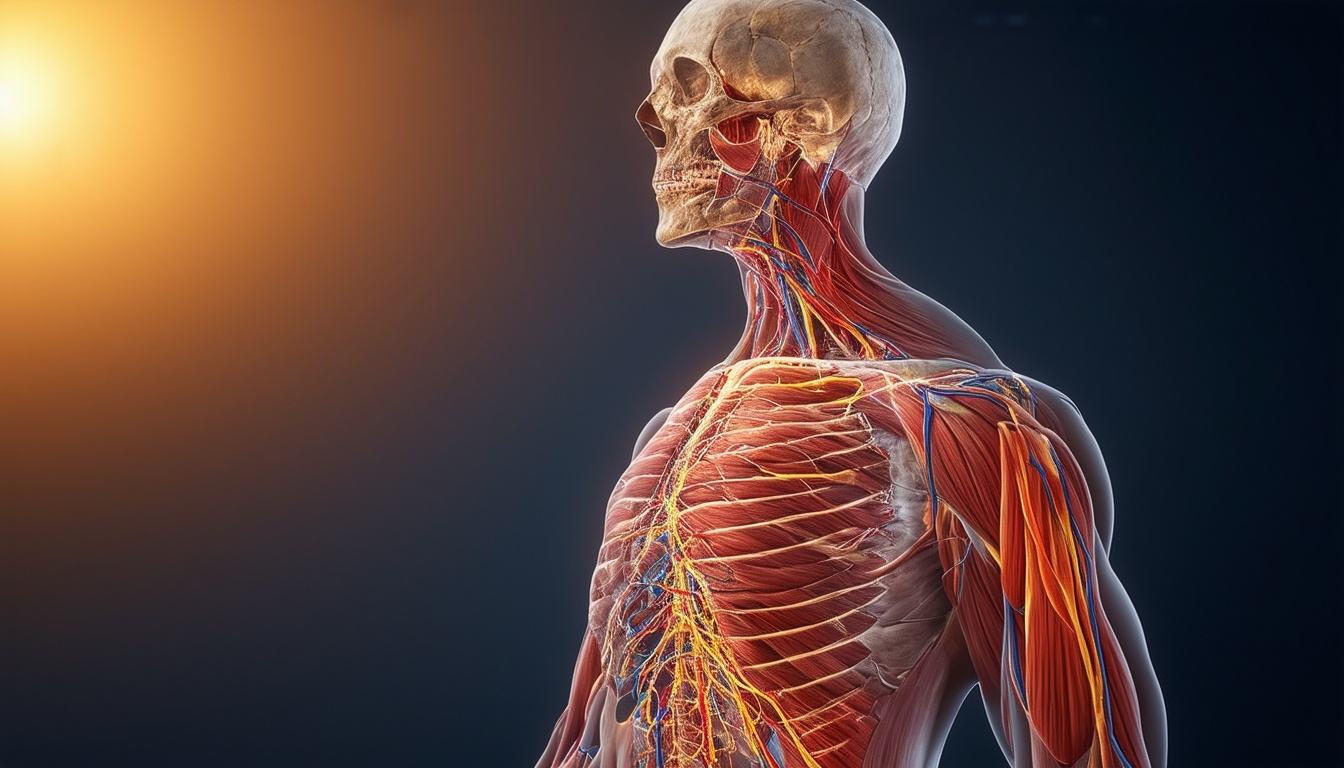“Fascia is a newly understood tissue, and scientists are now beginning to grasp its role in our bodies.’
Alignment, function, and movement. Connective tissue surrounds and supports muscles, bones, organs, and other body structures. Comprising a complex network of collagen fibres, fascia provides stability, flexibility, and protection to the body, which is crucial to maintaining the structural integrity and function of the musculoskeletal system.
Biotensegrity, a concept developed by Dr. Stephen Levin, M.D., describes how the body’s structures are interconnected and balanced through a combination of tension and compression forces. The body is a dynamic and integrated system, with every part contributing to stability and movement. Biotensegrity emphasizes maintaining proper alignment and balance within the body for optimal function and health.
Fascia is a spongy, stretchy, and elastic tissue that supports the body and absorbs shock.
During activities like walking or jumping. However, it becomes dehydrated, less elastic, and tight when injured or distorted, leading to limited joint spring and stability.
The fibrous structure of fascia provides stability and spring to our joints. Still, injury or immobility can cause the fibres to become tangled or ‘slack,’ resulting in reduced spring and stability and increased pressure on our joints. This can lead to joint collapse, increased weight-bearing, and conditions like arthritis, inflammation, and pain. Techniques like those within Active Balance can help ‘untangle’ and restore the spring ability of the fascial network, which is crucial for restoring joint health, reducing pain, and minimizing the risk of injury during physical activities.
Incorporating fascia training into your routine can be achieved through the ‘NINJA PRINCIPLE,’ inspired by the silent and agile movements of the legendary Japanese ninjas. The principle emphasizes executing bouncy movements smoothly and softly to develop your fascia’s best ‘spring’ effect. Implementing this principle in daily activities can serve as a training ground, promoting gentle and noiseless movements.
Understanding fascia and tensegrity is highly beneficial for musculoskeletal health and alignment. Proper alignment helps distribute forces evenly throughout the body, reducing the risk of injury and promoting efficient movement. It also facilitates harmonious coordination between muscles and joints, enhancing overall physical performance.
Furthermore, maintaining good musculoskeletal health and alignment can positively impact mental well-being. Proper alignment can reduce physical discomfort and pain, improving mood and overall well-being. It enhances body awareness and proprioception, contributing to mindfulness and emotional stability.
In summary, understanding fascia, tensegrity, and the importance of musculoskeletal health
And alignment can significantly improve overall physical function, reduce the risk of injury, and contribute to mental well-being.”
An introduction to stretching your fascia from Amanda Oswald, author of Living Pain-Free: Healing Chronic Pain with Myofascial Release.
Pain Care Clinic is a complementary therapy practice specialising in myofascial release. Call us to find out how we can help you live pain-free on 0330 041 7271 or email us info@paincareclinic.co.uk
Visit us: https://paincareclinic.co.uk
Like us: https://www.facebook.com/paincareclinic.co.uk
Follow us: https://twitter.com/paincareclinic
Connect with us: https://www.linkedin.com/company/pain-care-clinic/
#fascial-stretch #fascialstretching #myofascialrelease



